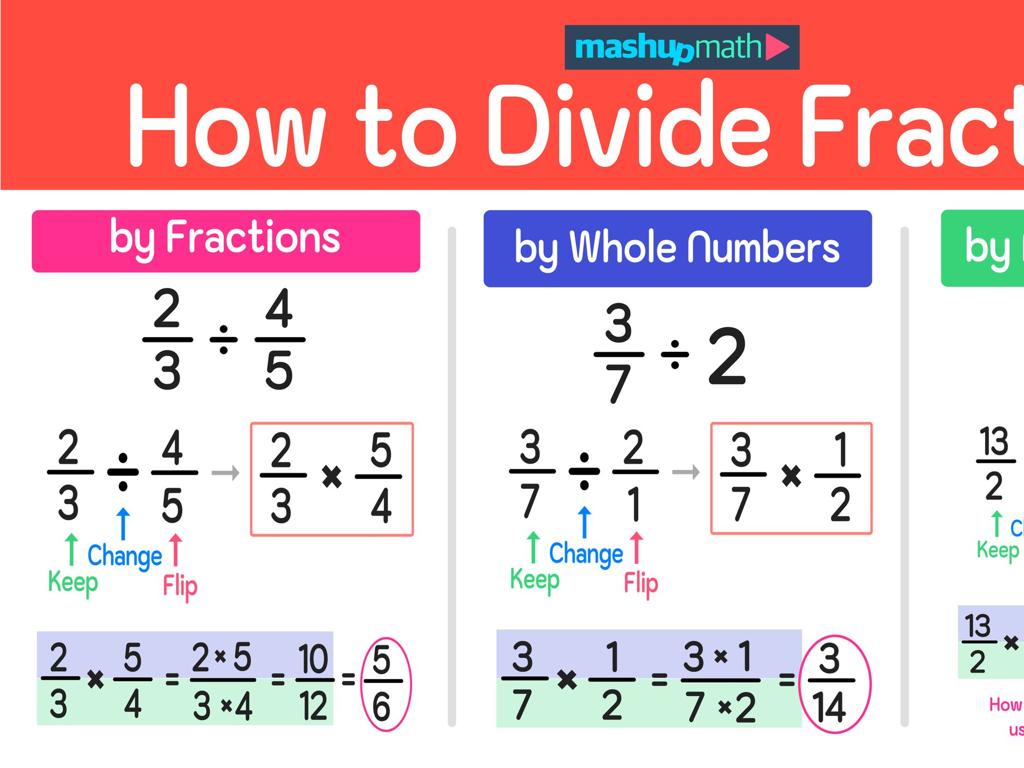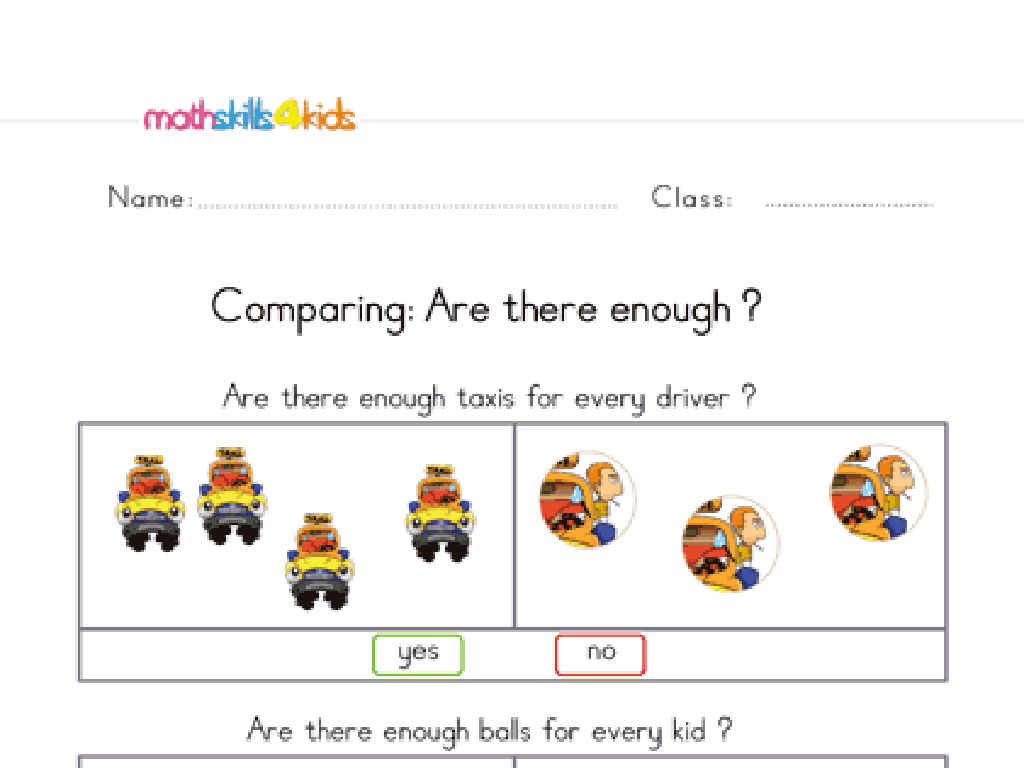Recall The Source Of An Allusion
Subject: Language arts
Grade: Eighth grade
Topic: Literary Devices
Please LOG IN to download the presentation. Access is available to registered users only.
View More Content
Exploring Allusions in Literature
– Welcome to Language Arts!
– Discovering Literary Devices
– Tools like metaphors, similes, and allusions enhance writing.
– Today’s Focus: Allusions
– Allusions reference famous works, events, or people.
– Understanding Allusion Sources
– Learn to identify the original context of allusions.
|
Begin the class by welcoming students and expressing excitement about the world of literary devices. Explain that literary devices are tools that writers use to create depth and add interest to their writing. Today, we will focus on allusions, which are references to well-known works of literature, historical events, or notable figures. Understanding allusions requires knowledge of these sources, and recognizing them enriches the reading experience. Encourage students to think of allusions as a secret connection between the writer and the reader that, when understood, can reveal a deeper meaning or create a sense of familiarity. Provide examples of allusions from popular literature that eighth graders may be familiar with.
Understanding Allusions in Literature
– Define an allusion
– A mention of something famous to add meaning
– Purpose of using allusions
– To connect deeper with the reader or add insight
– Recognize common allusions
– References to Shakespeare, Greek myths, the Bible
– Analyze allusion examples
– Discuss ‘a Scrooge’ from Dickens or ‘an Achilles’ heel’
|
An allusion is a literary device where the writer references a well-known person, place, event, literary work, or piece of art to enrich their own work. Writers use allusions to create a connection with the reader, drawing on shared knowledge to add depth and understanding to a text. Common allusions might include references to historical figures, biblical stories, or classic literature. For example, calling someone ‘a Scrooge’ alludes to Charles Dickens’ ‘A Christmas Carol’ to describe a miserly person, or referring to ‘an Achilles’ heel’ alludes to the Greek myth of Achilles to describe a vulnerability. Encourage students to look for allusions in their reading and consider why the author chose to include them.
Identifying Allusions in Literature
– Spotting allusions in text
– Look for direct/indirect references to well-known works or figures
– Clues for allusive phrases
– Context, tone, and word choice may hint at an allusion
– Practice with sentence examples
– Analyze sample sentences to find hidden allusions
|
This slide aims to teach students how to identify allusions within literary texts. An allusion is a figure of speech that references a person, place, thing, or event. These references can be direct or indirect and are often used to enhance the meaning of the text. To spot an allusion, students should look for references that seem to stand out or are not fully explained, as these may point to a larger concept or work. Clues such as the tone of the text, specific word choices, or the context in which a phrase is used can also signal an allusion. The practice activity will involve analyzing sentences to identify and interpret allusions, helping students apply their understanding in a practical context. Encourage students to discuss the implications of the allusions they find and consider why the author might have chosen to include them.
Exploring the Sources of Allusions
– Allusions: A diverse origin
– Derived from mythology, religion, history, literature, art.
– Comprehending context
– Grasping the allusion’s background enhances understanding.
– Activity: Match the allusion
– Relate allusions to their correct sources.
– Reflect on the activity
|
This slide introduces students to the concept of allusions and their varied sources, emphasizing the importance of understanding the context to fully appreciate the reference. The activity involves matching allusions to their correct sources, which will help students practice and reinforce their knowledge of allusions. Teachers should prepare a list of common allusions and their sources for the activity. Possible variations include having students work in groups to discuss and match allusions or creating a game where students compete to correctly identify sources. After the activity, encourage students to reflect on how recognizing allusions can enrich their reading experience.
The Impact of Allusions in Literature
– Allusions enhance reading
– They add layers of meaning & connect to larger ideas or themes.
– Allusions affect reader’s perception
– They evoke emotions & build connections with other works.
– Allusions deepen comprehension
– By referencing common knowledge, readers gain insight into the text.
– Class discussion on allusions
|
This slide aims to explore the significance of allusions in literature and how they contribute to a richer reading experience. Allusions are references to well-known characters, places, or events from history, literature, mythology, or the Bible. They can create a resonance with the reader, providing a deeper understanding of the text by drawing on shared knowledge and experiences. Discuss with students how allusions can change their perception of a story and ask for examples of allusions they have encountered in their readings. Encourage them to think about why an author might choose to use an allusion and how it can add depth to the narrative.
Exploring Allusions in Literature
– Understanding allusions in texts
– Allusions refer to other texts, events, or figures
– Analyzing allusion in a passage
– How does allusion add depth to the passage?
– Group activity on allusions
– Find an allusion in an excerpt and explain its source
– Discussing the impact of allusion
– Why do authors use allusions? How do they enhance understanding?
|
This slide aims to help students recognize and understand the use of allusions in literature. Allusions are references to other literary works, historical events, or significant figures, and they can enrich a text by creating deeper connections. Start by exploring examples of allusions in well-known texts to familiarize students with the concept. Then, analyze a specific passage to see how allusions function within it. The group activity will involve students working together to identify an allusion in a provided excerpt and explaining its source and significance. This will encourage critical thinking and collaborative learning. Discuss as a class why authors use allusions and how they can affect the reader’s interpretation of the text.
Your Turn: Crafting Allusions
– Learn to create your own allusions
– Follow guidelines for effective allusions
– Be subtle, ensure your audience can make the connection
– Individual Activity: Write with allusions
– Include a clear reference to a well-known work or figure
– Share and discuss your allusions
|
This slide is designed to engage students in the creative process of making allusions in their writing. Start by explaining that an allusion is a reference to another work of literature, person, or event. It’s important for the reference to be well-known so the reader can understand and appreciate the allusion. Encourage students to think about their favorite books, myths, historical figures, or pop culture elements that could serve as the source for an allusion. The activity will help them practice this skill by writing a short paragraph that includes at least one allusion. After writing, students should share their work with the class or in small groups to discuss the effectiveness of their allusions and the sources they chose. This will foster a deeper understanding of how allusions can add depth and intertextual connections to their writing.
Class Activity: Allusion Scavenger Hunt
– Understand allusions through a hunt
– Find allusions around the classroom/library
– Look for objects, titles, or images that reference history, literature, or pop culture
– Share your allusion discoveries
– Each student presents their found allusion
– Discuss the source and meaning
– Explore how these allusions add depth to the original context
|
This interactive class activity is designed to help students apply their knowledge of allusions by identifying them in their immediate environment. Encourage students to search for items or references in the classroom or school library that allude to historical events, literary works, or popular culture. After the hunt, students will share their findings with the class, explaining the source of the allusion and discussing its meaning and relevance. This will help them understand how allusions enrich text and stimulate deeper thinking. Provide guidance on what constitutes an allusion and offer examples to start. Possible activities: finding a book title that references a famous person, identifying a quote on a poster that alludes to a historical event, or recognizing a painting that references a myth.
Wrapping Up: The Power of Allusion
– Recap on allusions
– Allusions are references to well-known works, events, or figures.
– Significance of recognizing allusions
– Understanding allusions enriches reading comprehension and insight.
– Engage in class discussion
– Share thoughts on allusions found in texts or media.
– Reflect on today’s activities
– Consider how allusions added depth to the lesson.
|
As we conclude, revisit the definition of allusions and their use in literature. Emphasize the importance of recognizing allusions to gain a deeper understanding of the text and to connect with broader cultural or historical contexts. Facilitate a class discussion, allowing students to share their experiences from today’s lesson and the allusions they’ve encountered. Encourage them to reflect on how identifying allusions has changed their perception of the texts they read or the media they consume. This reflection will help solidify their learning and appreciate the intricacies of literary devices.





